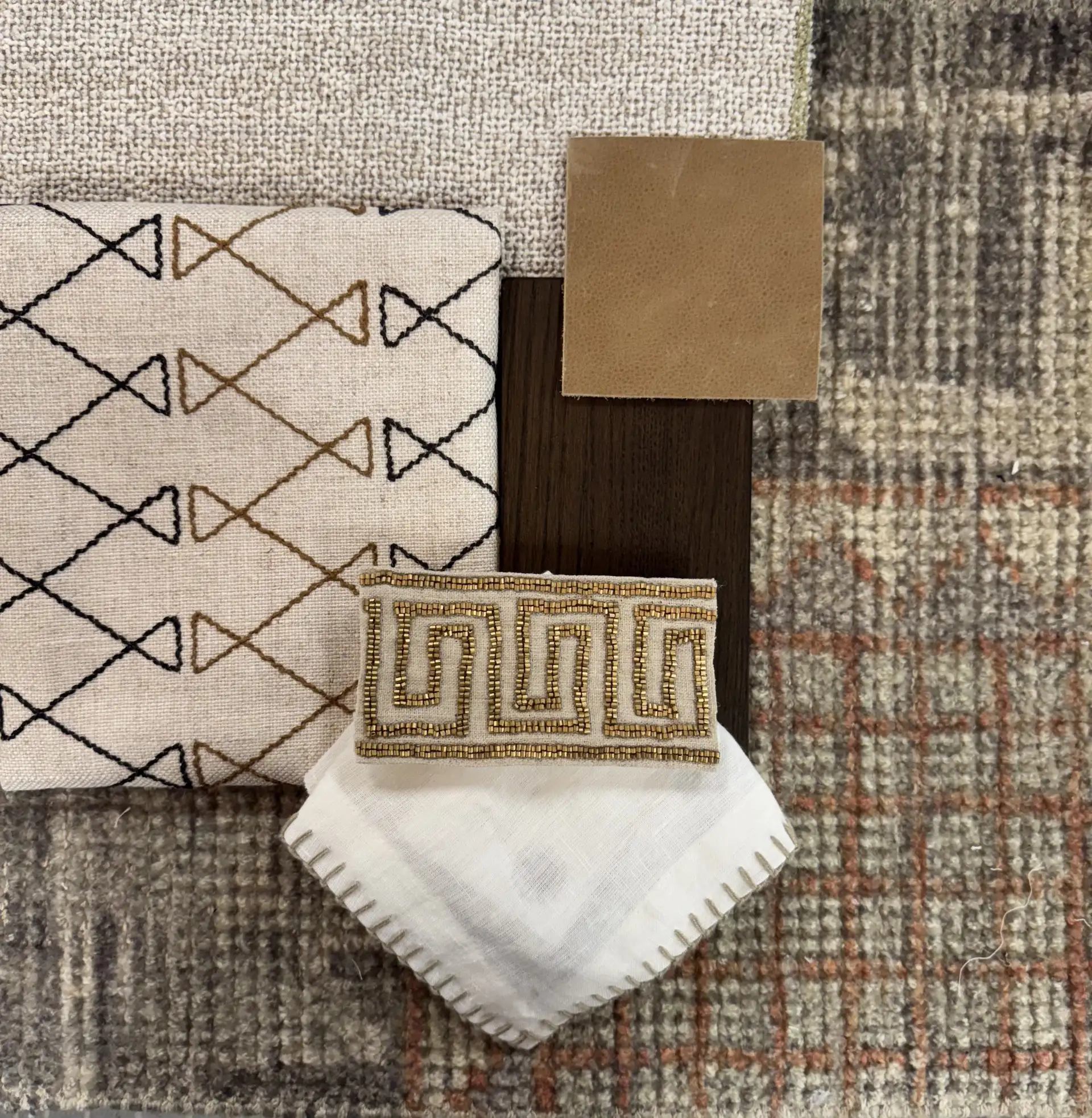
Leather honed granite countertop
Welcome to part 2 of our Kitchen remodel series. Be sure and check out part 1, if you haven’t already read it!
In this series, we’ll discuss four very important selections when it comes to the design of your kitchen:
PART 2: Countertops
There are more choices than ever before to adorn your countertops. Granite, marble, quartz, metals, concrete, butcher block are some of today’s most common. How do you make the right choice for you? I’ll review a few of our most popular requests to give you some guidance.
Granite/Marble: natural stone mined all over the world.
– Pros: These stones come in a wide range of colors and patterns and are relatively heatproof. Their naturally occurring beauty features veins, crystalline occlusions and metallic flecks. They can be honed, polished or finished with a specialized texture.
– Cons– since these are natural products, each bundle will look different and have different variation in color. Natural stone can be stained by oily/highly colored substances; so sealing once a year is a “must”. Granite tends to be a little harder and less porous than marble, resisting staining a little better.
Quartz: (a.k.a. Silestone)- a composite made up of 93% quartz, 7% polyester resin and pigment.
–Pros: Quartz is non-porous, so surfaces don’t need to be sealed. Quartz is practically indestructible and virtually maintenance free. It’s also very hygienic because it doesn’t harbor bacteria, which makes it a safe choice for food handling. The color and patterns are uniform and consistent over the entire surface area. Additionally, being a synthesized product, you can achieve really vivid and bright colors through this medium that aren’t available in a natural stone. These options are great for medical offices, commercial application where logo colors are desired or kids areas. Lastly, quartz provides a consistent look between slabs and throughout each slab, so it’s a great choice for those that dislike the variation found in natural stone.
–Cons– There aren’t many cons to this engineered stone. The biggest concern for many is the price. Another con is that the look of Quartz is fairly contemporary, so it doesn’t fit everyone’s style. Quartz is also not as resistant to heat as granite.
Butcher Block: Butcher block is available in many different species of wood: maple, oak, cherry, teak, walnut, etc. It is important to keep in mind that open grained woods are more porous than those with a tighter grain. For example, Oak is very open grained and therefore very porous, while maple has a tighter grain and is less porous.
–Pros: Great for chopping and preparing food. You can cut directly on it without using a cutting board or damaging your culinary tools. (Never cut with a good knife directly on a stone unless you want a dull blade!!) Butcher block has a rich, chef’s look that adds warmth to a kitchen, particularly on a center island.
–Cons: Oiling periodically is necessary to keep the rich hues and to prevent the wood from drying out. Make sure to blot up water and other liquids before they dry to make stain removal easier. When scratches are encountered, shake some salt over them and scrub the wood using a half a lemon. Allow the wood to sit overnight and then rinse the surface with water. Darker stains are scratches can be similarly addressed using a three percent solution of hydrogen peroxide and water. Wood can breed bacteria, so although it’s not the most food-safe option, it’s still a commonly used material and additional cleaning precautions may need to be taken. Preventing the buildup of bacteria is very important. You can do this by using a solution of one tablespoon of bleach mixed with one gallon of water. You can keep this solution in a spray bottle for easy use.














